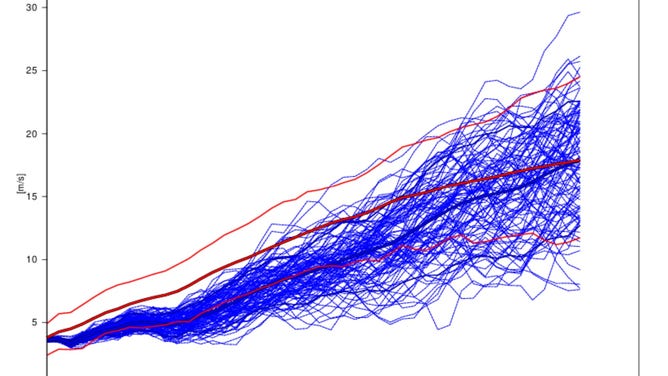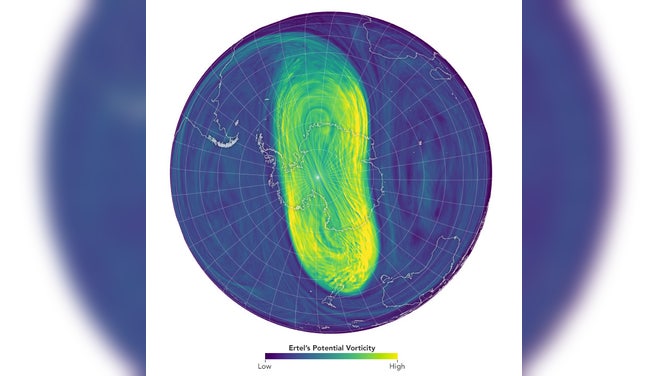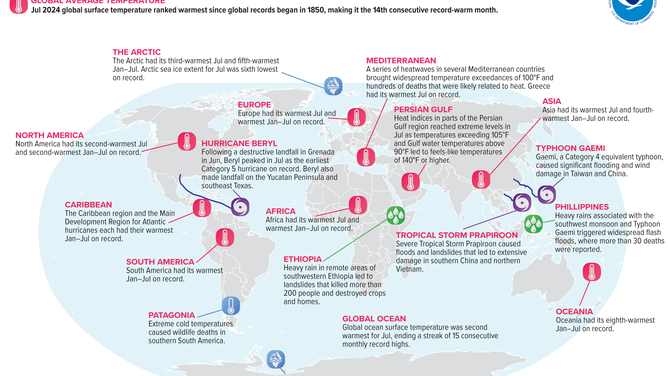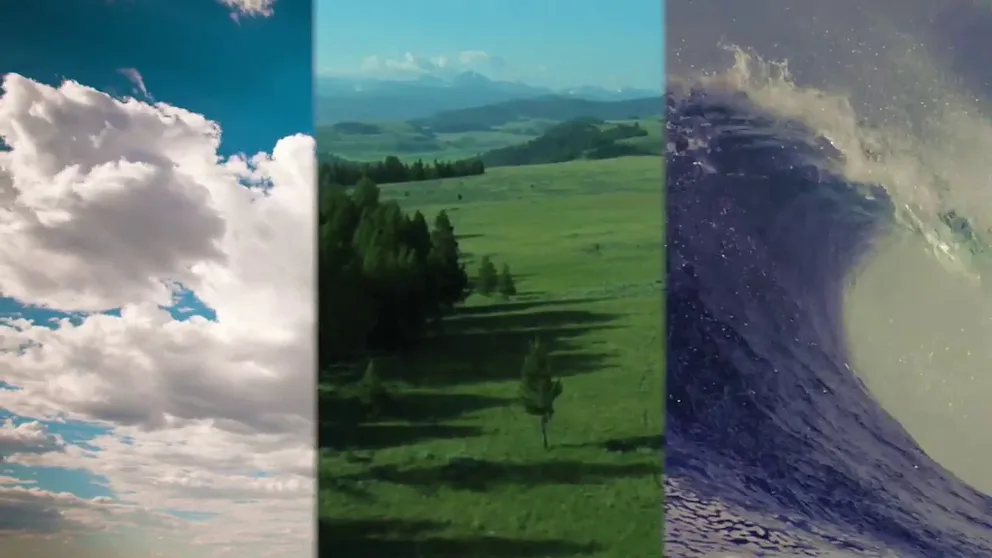What in the world is going on with the polar vortexes?
During the Southern Hemisphere’s recent winter, the stratosphere witnessed unprecedented warming. According to NOAA, stratospheric warming events happen about once a year over the Arctic and once every five years over the Antarctic.
Overview of NOAA’s Joint Polar Satellite System (JPSS)
NOAA’s Joint Polar Satellite System-2 (JPSS-2) mission will lift off from the Vandenberg Space Force Base in California on a United Launch Alliance (ULA) Atlas V rocket. Here's what it plans to do. (Video courtesy of NASA)
Scientists have noted that a year-round phenomenon above each of the globe’s poles have shown recent signs of shifting and even disruption, leading to potentially significant impacts on climate patterns.
The polar vortex is generally an area of low pressure above the Earth’s poles that contains the coldest air.
The vortex is more influential during a hemisphere’s winter than in the summer months because of a more pronounced temperature gradient between what is considered to be mild and downright cold.
Events that are known as stratospheric warming, changes in the jet stream and even significant changes in pressures and temperatures can lead to alterations in the pattern and even a full disruption.
During the summer, the polar vortex is considered to be in an expanded state, which in part limits cold air intrusions, southward or northward – depending on which pole is in view.

Example of a polar jet stream disruption
(NOAA)
What going on with the Northern Hemisphere branch?
Satellite observations and model forecasts show zonal winds being fairly weaker than what is typical for September and October.
Without a tight belt of winds concentrating the cooler air around the Arctic, cold air masses will tend to escape and head south in lower latitudes.
Countries such as Canada, the United States, Russia and the nations that make up the continent of Europe that lie south of the Arctic could see the chances of a normal-feeling fall or even a cooler than average season become greater than they would otherwise typically be.
The status of the winds is the weakest in many years, meaning someone in the Northern Hemisphere will likely be the beneficiary of a chilly fall, but exactly who will be dependent on other weather features.

Zonal wind forecast for the Arctic - The bold red line is the average polar vortex strength over time. The top and bottom red lines are the maximum and minimum extent of the winds. The blue lines are model forecasts.
(ECMWF / FOX Weather)
The weakening of winds around the North Pole or even significant disruption of the Polar Vortex does not guarantee a cold air invasion. Features such as high low pressure systems as well as the jet stream act as conveyor belts for the air masses and can prevent a cold air intrusion or help usher one in.
Disruptions to the vortex are known to happen several times during the winter months but can vary depending on the vortex's strength.
ANTARCTICA’S ‘DOOMSDAY GLACIER’ IS MELTING AWAY DIFFERENTLY THAN SCIENTISTS FIRST THOUGHT
Stunning observations over the South Pole
Recently, scientists noted a stratospheric warming event took place over Antarctica, which led to the disruption of the polar vortex.
A Sudden Stratospheric Warming event takes place when there is a rapid rise in temperatures in the stratosphere – a higher layer of the atmosphere stretching between about 4 and 30 miles above the ground.
SSWs are known to be rather infrequent but can lead to significant impacts to the polar vortex and can last for weeks.
"July temperatures in the stratosphere above Antarctica are typically around minus 80 degrees Celsius (minus 112 degrees Fahrenheit). On July 7, temperatures in the middle of the stratosphere jumped 15°C (27°F), setting a record for the warmest July temperatures observed in the stratosphere in the Antarctic region," NOAA authors stated. "The temperature then cooled off on July 22 before rising 17°C (31°F) on August 5."

Polar vortex over the South Pole
(NOAA)
NASA maps showed the polar vortex’s shape changing from being elongated to resembling something more like a figure eight or a peanut as a result of the SSW.
While the exact causes of SSWs are not fully understood, a range of factors, including sea ice change, may influence these events.
"Variations in sea surface temperatures and sea ice can perturb these large-scale weather systems in the troposphere that propagate upwards," Paul Newman, an atmospheric scientist, stated. "But the attribution of why these systems develop is really difficult to do."
During the period of the fluctuating polar vortex, Patagonia, a region in southern Argentina and Chile, reported record low temperatures that caused extensive death of wildlife.
On the other hand, Australia reported its second-hottest winter on record, with temperatures averaging nearly 1.5 degrees Celsius above average, and Antarctica saw its fifth-warmest July.
So, during a disruption of the vortex, some places might record cold while others experience record warmth.
AUSTRALIA SWEATS UNDER RECORD TRIPLE-DIGIT HEAT – IN THE HEART OF WINTER

July climate extremes
(FOX Weather)
